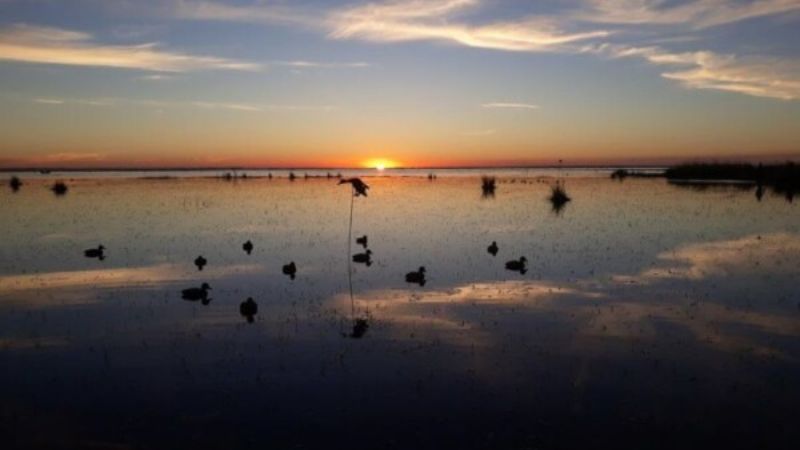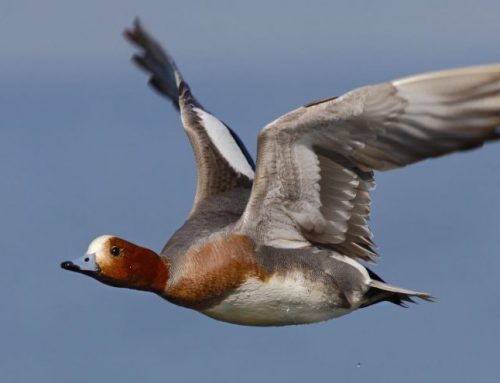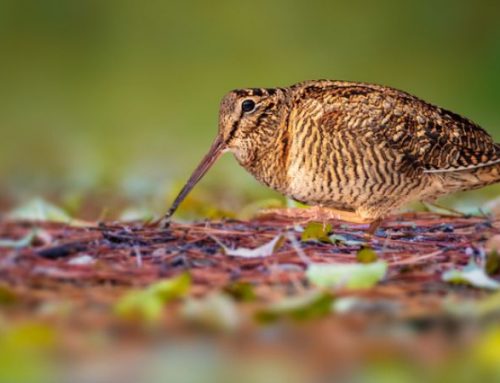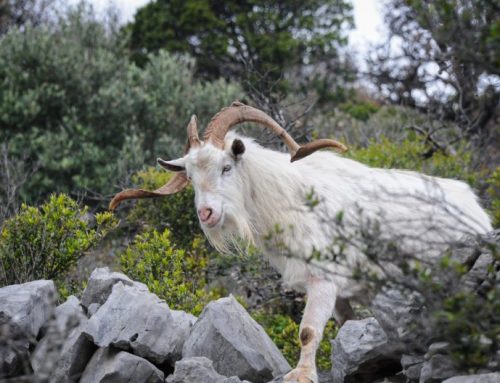Hunting in Argentina, a land of traditions renowned worldwide, offers breathtaking landscapes and abundant wildlife, creating a magical and spectacular setting.
Among enthusiasts, hunting in Argentina is synonymous with duck hunting, which, however, is just one of the many extraordinary experiences the country has to offer.

Divided among the reserves of Cayastà, Helvecia, and San Javier, the province of Santa Fe is known for duck hunting, especially along the areas traversed by the Paraná River. However, it is also possible to find doves, snipes, pigeons, partridges, and hares. The hunting areas are predominantly composed of rice fields, river mouths, and beautiful lagoons, creating a true paradise for hunters, enchanting them with the beauty of the landscapes and the abundance of wildlife.
The fresh Pampero winds are the main feature of the Santa Fe area, a place where hunting enthusiasts can disconnect from the outside world and immerse themselves in the hunt, thus creating a more intimate connection with the surrounding nature. Duck hunting is not just a simple break from the daily routine; it is also an opportunity to deeply appreciate the ecosystems in which they live. The bond formed with other hunters and the shared experiences in the field create memories that last a lifetime.
Regarding more technical details, the most commonly used gauges for duck hunting are 12 gauge and 20 gauge shotguns. To ensure a successful hunt, complete camouflage in the environment is necessary.
In Argentina, duck hunting is renowned, but the post-hunting culinary experience is equally spectacular. During your stay, you can indulge in the famous Argentine grilled and oven-baked meats, accompanied by the exquisite wines of the Mendoza province.
The Argentine territory offers a wide range of opportunities for a hunting vacation, allowing you to admire marvelous landscapes and hunt a variety of abundant game. While acknowledging that travel costs may not be modest, every penny invested will be rewarding.
Species of Ducks Hunted in Argentina
In Argentina, the species of ducks that can be hunted include a variety of migratory and local species. Some of the most commonly hunted species by hunting enthusiasts include:
Cinnamon Teal (Anas cyanoptera):
In the freshwaters and marshy wetlands of Argentina, reigns a winged entity admired by nature lovers and hunters alike: the Cinnamon Teal (Anas cyanoptera). Known for its elegant flight and enchanting plumage, this duck species is one of the joys of Argentina’s wild waters.
Hunters and birdwatching enthusiasts consider the Cinnamon Teal one of Argentina’s most fascinating species. With its broad wings and richly colored feathers, it embodies the essence of life in Argentina’s marshes and waterways.
This magnificent duck is distinguished by its dark blue wings, a feature that gives it an aura of mystery and majesty as it glides through the Argentine skies. Its head features a combination of bold colors, with a brown facial mask and a characteristic yellow bill that stands out against the placid waters.
In addition to its external beauty, the Cinnamon Teal is an integral part of the wetland ecosystems of Argentina. It plays a vital role in maintaining environmental balance, contributing to the natural life cycle in marshes and water bodies.
Ultimately, the Cinnamon Teal of Argentina embodies the beauty, majesty, and fragility of the Argentine natural environment. It is a symbol of the biological richness of wetlands and a call for those seeking adventures in the vast wild expanses of Argentina.
Yellow-billed Pintail (Anas georgica):
The Yellow-billed Pintail (Anas georgica) is a waterfowl native to Australia and New Zealand and is also prevalent in Argentina. It is a medium-sized species, measuring approximately 50-60 cm in length and weighing about 1.5-2 kg. It has dark brown plumage with a white throat and a white spot on the cheeks. Males have a darker head than females and a longer bill.
The Yellow-billed Pintail is a dabbling duck, which means it lives in aquatic environments such as lakes, rivers, and marshes. It is a skilled swimmer and diver, feeding on a variety of aquatic plants and animals, including grass, seeds, insects, and fish.
In addition to its external beauty, the Cinnamon Teal is an integral part of the wetland ecosystems of Argentina. It plays a vital role in maintaining environmental balance, contributing to the natural life cycle in marshes and water bodies.
Ultimately, the Cinnamon Teal of Argentina embodies the beauty, majesty, and fragility of the Argentine natural environment. It is a symbol of the biological richness of wetlands and a call for those seeking adventures in the vast wild expanses of Argentina.
Speckled Teal (Anas sibilatrix)
The Speckled Teal is a species of duck native to South America, including Argentina. Below are some details about this species:
The Speckled Teal has a distinctive appearance, with males and females showing marked differences in coloration. The male has brightly colored plumage with an iridescent green head, light brown chest, and gray flanks. Females are generally more subdued, with light brown or gray plumage.
This species of duck primarily inhabits wetland areas, including lakes, marshes, rivers, and mountain lakes. It can be found in various regions of Argentina, especially in the wetter and water-rich areas.
The Speckled Teal is generally a quiet species that feeds on aquatic plants, insects, and other small organisms. They are migratory birds and can travel long distances during migration periods.
During the breeding season, Speckled Teal build their nests among vegetation in wetlands. Females lay a variable number of eggs, usually from 6 to 12, and care for the chicks until they are old enough to fend for themselves.
Lake Duck (Oxyura vittata):
The Lake Duck is a rather rare species of duck that mainly lives in Argentina.
The Lake Duck is a small duck with a short neck and a pointed tail. Adult males have brightly colored plumage with a black head and a bright white body. Females and juveniles are duller and dark brown in color.
This species primarily inhabits freshwater wetlands such as lakes, lagoons, marshes, and ponds. It is found mainly in the central and southern regions of Argentina, where it can find suitable habitats for nesting and feeding.
The Lake Duck is generally a shy and reserved species. It primarily feeds on aquatic plants, algae, and small invertebrates found in the waters of wetland areas.
The breeding season for the Lake Duck usually falls during the summer months. Females lay a limited number of eggs, typically from 5 to 10, in a nest among vegetation near the water. Both parents take care of the chicks after hatching.
White-cheeked Pintail (Anas bahamensis):
The White-cheeked Pintail is a migratory waterfowl native to tropical and subtropical regions of the New World. It is a medium-sized species, measuring about 40-50 cm in length and weighing about 0.5-0.8 kg. It has dark brown plumage with a white throat and a white spot on the cheeks. Males have a darker head than females and a longer bill.
The White-cheeked Pintail is a dabbling duck, meaning it lives in aquatic environments such as lakes, rivers, and marshes. It is a skilled swimmer and diver, feeding on a variety of aquatic plants and animals, including grass, seeds, insects, and fish.
The White-cheeked Pintail is a social species and lives in groups of various sizes. They nest in colonies, often on islands or other remote areas. The female lays 6 to 12 eggs, which she incubates for about 28 days. The ducklings are precocial and begin to fly after about 6 weeks.
This species is found throughout Argentina, but it is more common in the northern and eastern regions. The White-cheeked Pintail is a migratory species and spends the winter in Argentina from October to March.











